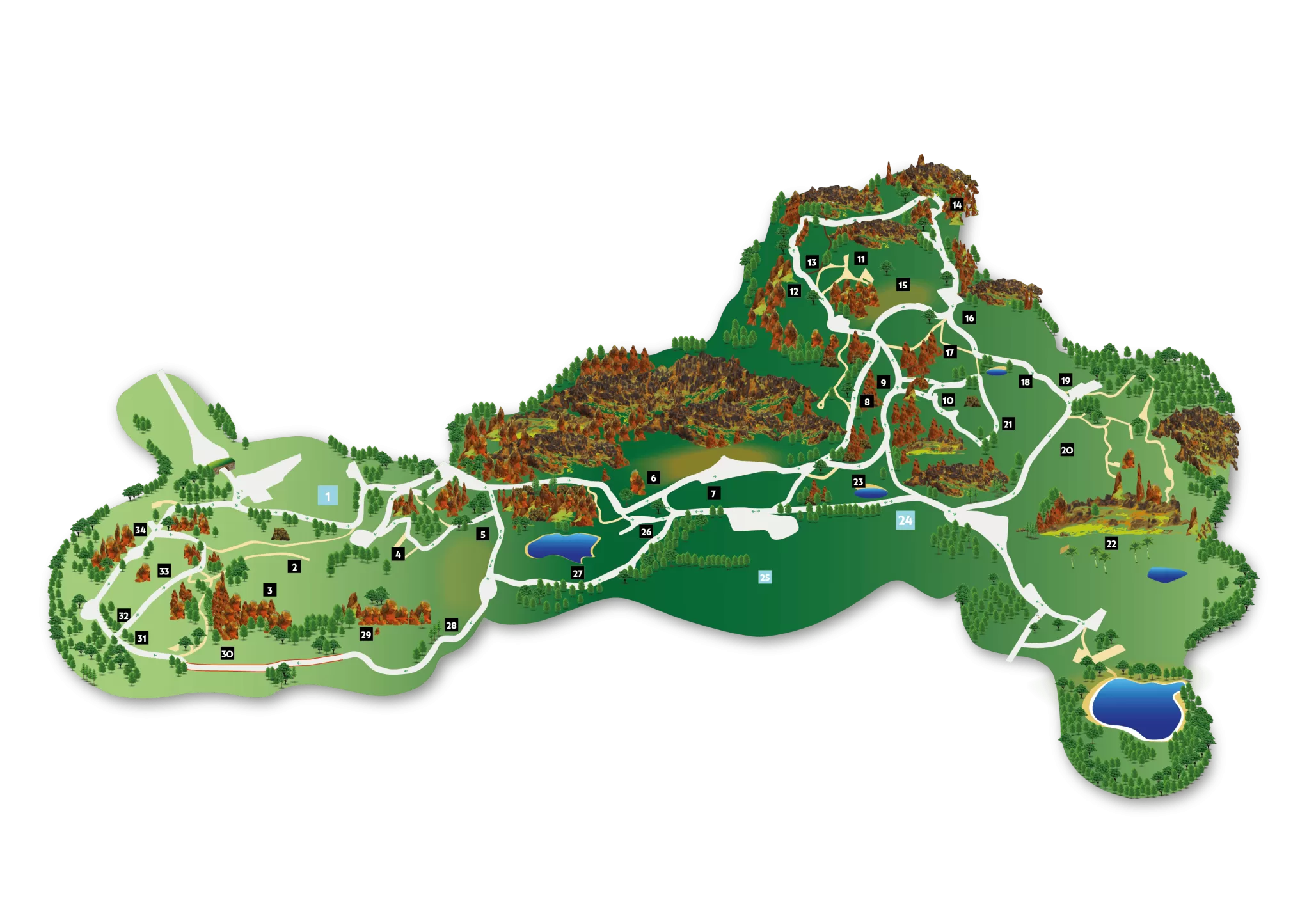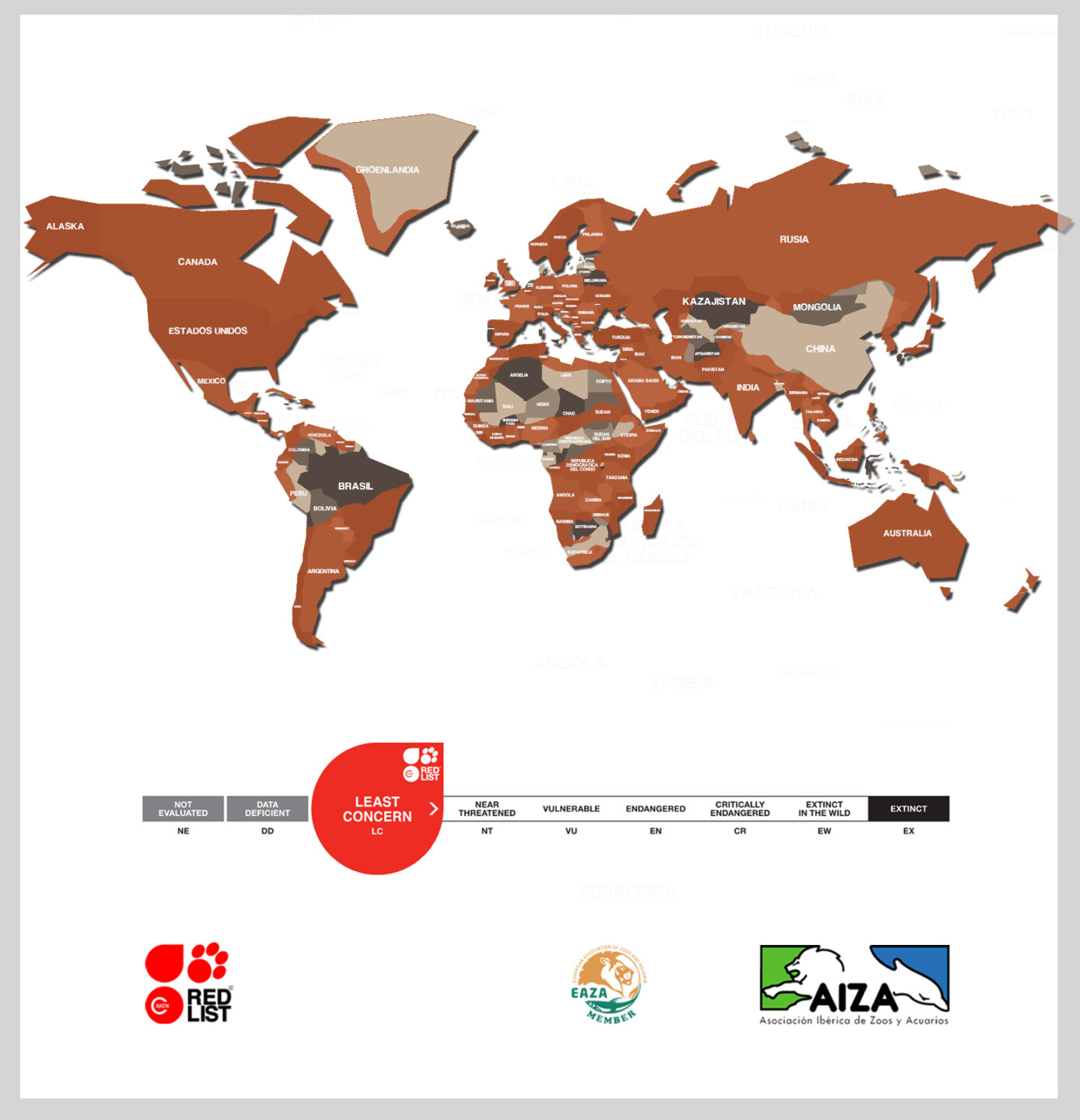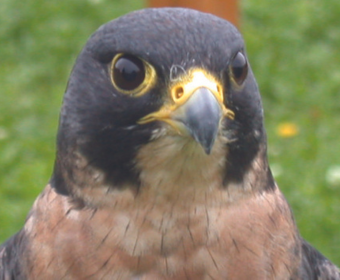
Capable of living in frigid zones of the Canadian Arctic as well as Australian deserts, its habitat is distributed all over the world, with the Antarctic continent being free of the presence of this bird.
Between the beginning of the year and spring, they begin to perform their nuptial flights over what will be their territory, to which they remain very attached for the rest of their lives.
Something unusual in birds of prey is that the chicks, initially, are fed by the females, but once fledged, they are also fed by the male. Towards the month of June, they make their first flights, but it is not until late summer when they begin the most crucial moment of their lives, when they initiate post-generative dispersal, sometimes taking them very far from their place of birth.
A very distinctive feature is its flight style: when hunting it can flap its wings very rapidly, but in flight it flaps much more slowly or can even glide for a short distance. It is capable of diving on a victim at over 240 km per hour.







































































